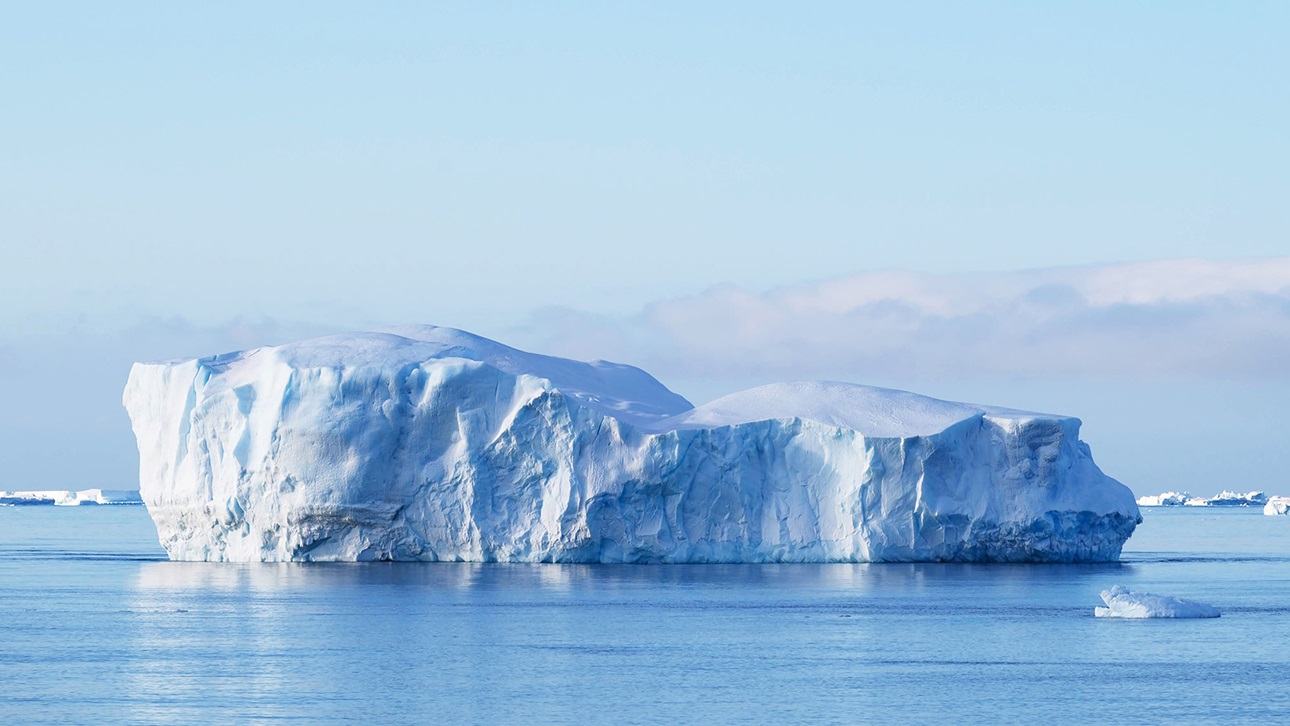In the early morning of November 20th last year, I woke aboard the 297-foot expedition vessel Island Sky to the long-awaited announcement: "If you look outside, you will see Antarctica." After a nine-day journey from Argentina, navigating through rough 24-foot swells on the final leg, we were greeted by calm, glassy waters under sunny blue skies, framed by snowy mountains and icebergs.
I joined 97 other women and nonbinary individuals on a transformative voyage as part of Homeward Bound, a year-long leadership training program aimed at enhancing my role as an ocean policy expert at Pew. Representing 18 countries and diverse backgrounds in STEMM fields (science, technology, engineering, mathematics, and medicine), the primary goal was to cultivate leadership skills to address global environmental challenges.
Antarctica was chosen for its profound vulnerability to climate change, which has far-reaching impacts such as sea-level rise from melting ice sheets and shifts in global currents due to warming Southern Ocean waters.
Departing from Puerto Madryn, Argentina on November 11th, the voyage included a stop at the Falkland Islands, where I marveled at vast colonies of penguins and albatrosses. Crossing the open ocean towards the Antarctic Peninsula on November 18th, I realized the significance of the efforts to protect the high seas—an area Pew and partners have long advocated for, despite its remoteness and lack of legal safeguards.

On November 19th, battling gale-force winds, we neared Antarctica, marked by the increasing presence of cape petrels above the waves. By the morning of the 20th, we anchored near shore in tranquil waters, boarding Zodiacs for the first steps on the continent.
Antarctica's beauty, surprisingly, lay not just in its snow and ice but in its vibrant hues: pastel shades on snow, gray seams of rock, and the blues of icebergs contrasting with the ever-changing Southern Ocean, from choppy seas to reflective sunsets.
Despite its pristine appearance, Antarctica faces threats from human activities. Pew's initiatives, like the Ross Sea Marine Protected Area, aim to mitigate these impacts and advocate for additional protections in the Southern Ocean.
Throughout the expedition, we adhered to strict protocols to minimize the environmental footprint, from preventing the introduction of alien species to practicing a "leave no trace" approach. Encountering humpback whales breaching and penguins leaping from the Zodiacs added to the profound sense of awe and responsibility.
At Aitcho Island, amidst bustling gentoo and chinstrap penguin colonies, a leopard seal lurked nearby—an ecosystem reminder of the delicate balance at stake. Avian flu spreading among penguins highlighted ongoing environmental challenges, while visits to unique sites like Deception Island, a volcanic caldera, underscored Antarctica's geological diversity and historical significance.

Back onboard, lectures from experts in various fields enriched the understanding, reinforcing the urgency of global collaboration for marine conservation. Reflecting on these experiences, alongside interactions with fellow participants ranging from geologists to quantum physicists, deepened my commitment to safeguarding the oceans.
As we sailed back from Antarctica, I was reassured that with collective effort and trust in scientific knowledge, we can secure a sustainable future for the planet.
